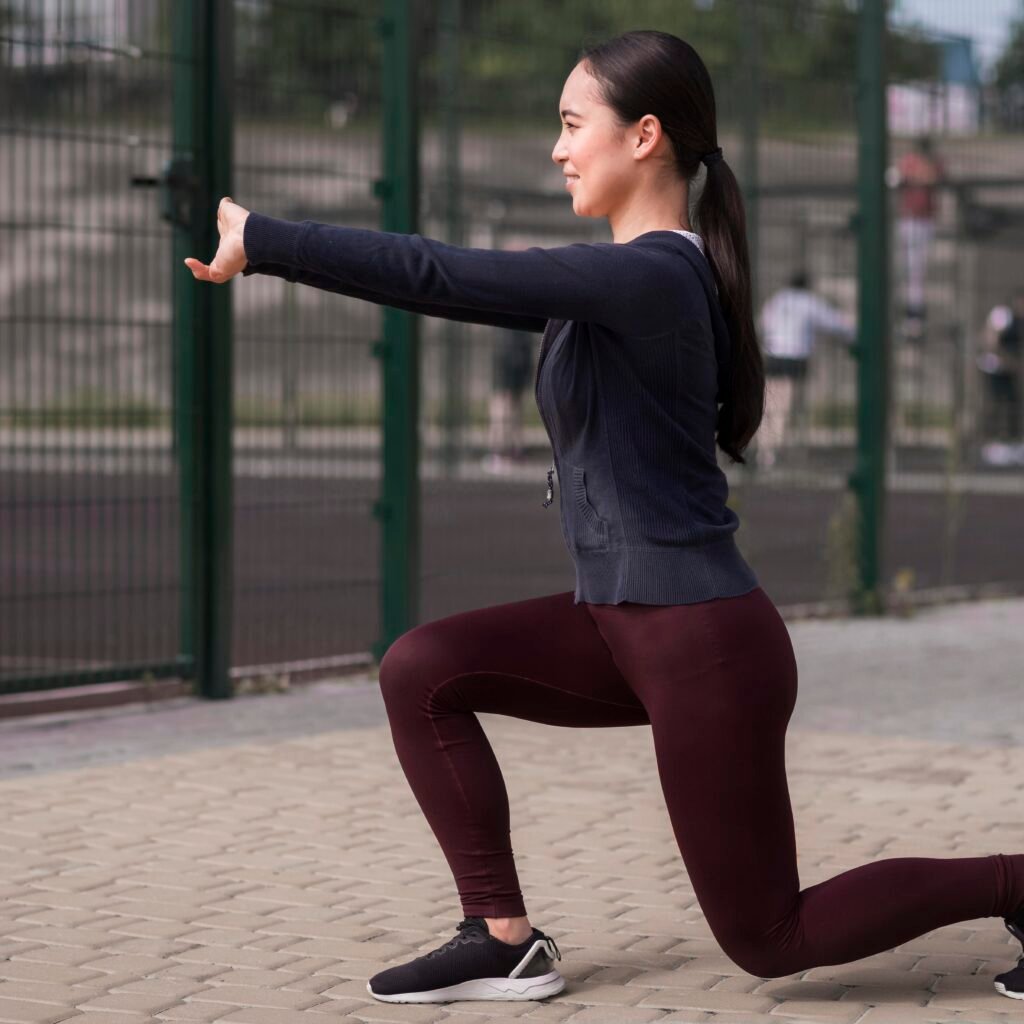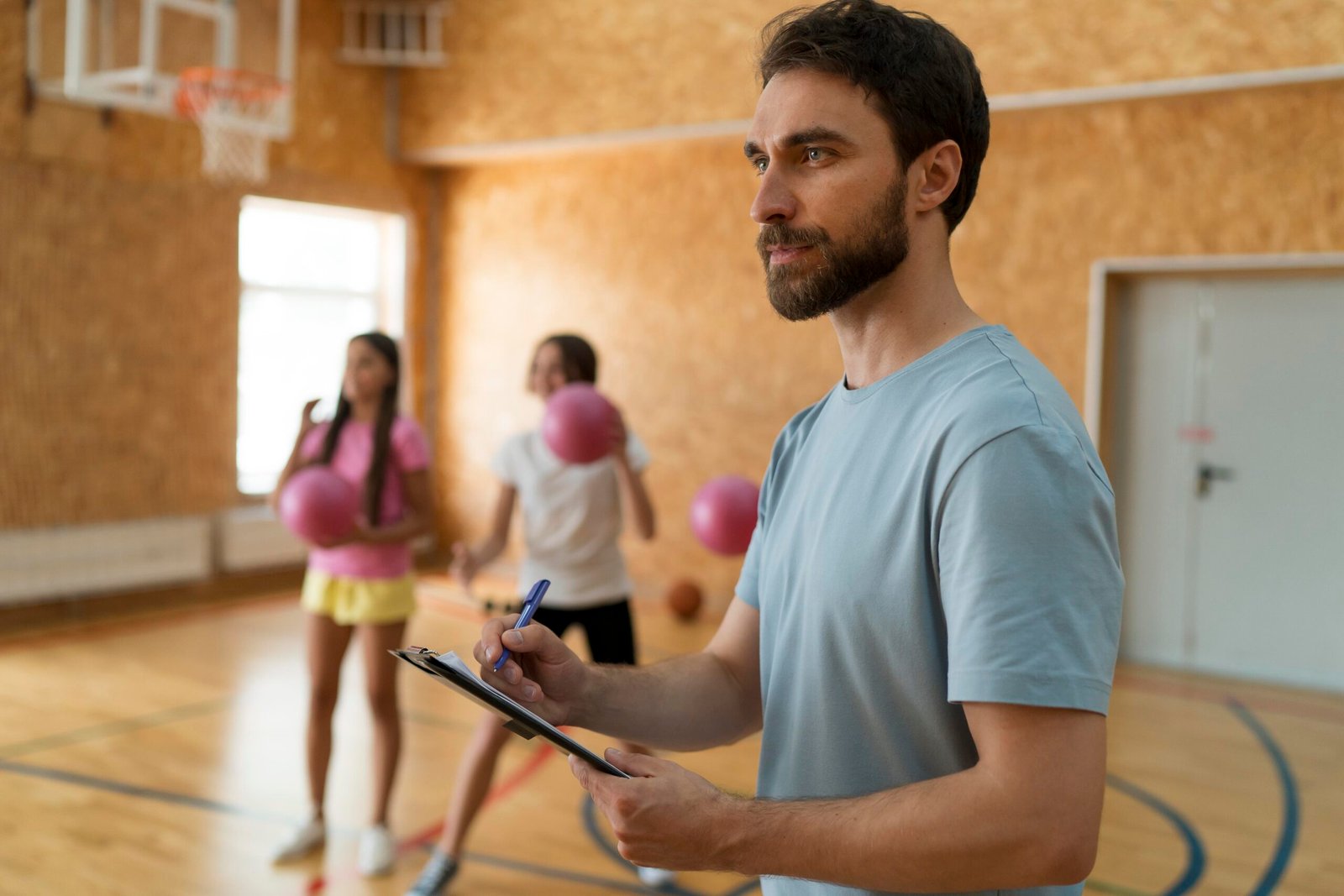You can’t make the progress you want if you can’t move properly.
Mobility training is the use and capacity to actively move a joint (where two bones connect) before it is restricted by surrounding tissues (ligaments, tendons, and muscles). Mobile joints include ankles, hips, the thoracic spine, and shoulders
Performance relates to how well your body can execute physical tasks, such as lifting weights, jogging, or executing any athletic movement. It is about using or developing your strength, endurance, speed, and agility to outperform your opponent or reach your fitness goals. It includes the ability and capacity to push one’s limitations, recuperate quickly, and constantly enhance one’s physical prowess.
Mobility is one tool in your toolbox for improving performance, whether at the bar or on the court
We’ve all seen someone with incredible physical abilities dunk basketballs, catch touchdowns, and squat 500 pounds without breaking a sweat. For those of us who are not so genetically gifted, consistent training is a minor but important approach to improve our performance. Mobility drills are frequently used as warm-up exercises prior to hitting the weights or the battlefield.
However, including regular mobility work outside of your normal routine could be a game changer. Below, we’ll look at why mobility training is important for performance and present an example mobility practice that you can simply adopt into your free time. It’s time to elevate your performance with mobility training.
WHY MOBILITY IS IMPORTANT FOR PERFORMANCE
Improved mobility allows you to move over a larger range of motion without muscle stiffness, which dramatically improves your performance. It is essential for performance, not only for succeeding in your sport, but also for staying in the game for longer periods of time without injury and recuperating faster after a strenuous workout. Let’s look at why mobility is an important part of performance.
IMPROVED SPEED
In sports, the ability to change directions quickly without losing speed or agility is critical. Less muscle stiffness leads to smoother, more effortless movements. Improved mobility can increase your agility and sports performance. Steph Curry “breaks” his opponent’s ankles on a drive to the hoop, demonstrating the benefit of mobility in motion.
It keeps you in the game for longer.
Limited mobility can drive your body to perform compensating motions, which can contribute to injury. When one joint’s movement is limited, other bodily parts step in and carry the increased weight. This compensation, over time, can cause discomfort and injury. For example, if your thoracic spine lacks the mobility and strength to perform deadlifts, your lower back will round to hold the weight, generating unnecessary lower back strain.
Understanding and correcting these difficulties through training can result in happier lifting and movement.
Furthermore, every time you run, lift, leap, or change direction, you put stress on your joints and muscles. A joint that can move across its whole range of motion (ROM) absorbs more force, making it safer and more efficient.
GET BACK ON THE PITCH FASTER
Recovery is where the magic happens, and mobility work is essential for speeding up the process and getting you back in the game sooner. By including mobility exercises into your off days, you are actively fostering greater blood flow to your muscles, rather than simply going through the motions. This enhanced flow helps to provide vital nutrients and oxygen to your muscles, promoting repair and growth.
By lowering muscle tension with focused exercises, you can assist flush out metabolic waste and toxins that accumulate during and after strenuous workouts. Improving mobility reduces muscular soreness and stiffness, allowing you to recover faster and return to exercise with less downtime.
Imagine hitting the gym hard, knowing you’ve done everything necessary to help your recuperation. With improved mobility, you can train more frequently and at a higher intensity for better results.

SAMPLE OFF-DAY MOBILITY ROUTINE
To increase your performance, first walk or hop on a cardio machine for five minutes to get the blood going. Then, follow this basic full-body mobility workout.
1A: Elevated ankle Dorsiflexion Stretch for 30 seconds or longer on each ankle.
1B. Dynamic Half Kneeling Hip Flexor Stretch: 30 seconds to one minute each side
1C. Passive Leg Lowering: Perform 10-15 repetitions per side.
1D. Quadrupled Thoracic Rotation: 8-12 repetitions per side.
1E. Cat-Cow Stretch: 10-15 repetitions.
1F. Spiderman Lunge & Reach: 6-8 reps per side.
Run through one to two times, making two to three circuits.


Add a Comment